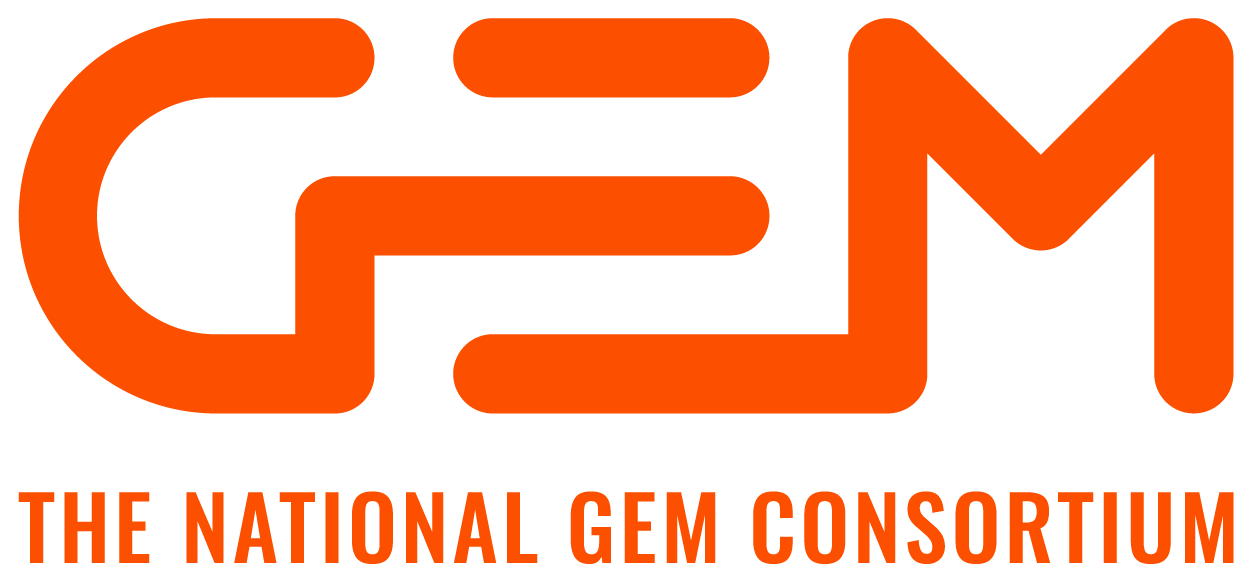The end of the semester is fast approaching and a break from the rigors of school is near. However, if you are applying for graduate school, the break will be short-lived due to the graduate school application process.
In this blog, we provide information for creating a personalized Top 10 Graduate School list. The goals of the list is simple: to be well-rounded, versatile, and most importantly personalized. To ensure these goals are met, the list will contain institutions that fit into the following three categories: Dream Schools, Dream Catcher Schools, and Reality Schools.
Dream Schools – These institutions are the cream of the crop of your top 10 institutions. Typically, these universities are very highly ranked in prestige and usually have low acceptance rates. For example, when looking at the rankings from a source such as U.S. News and World Report or similar rating service, Dream Schools are usually institutions that fall into the top 15 universities.
Dream Catcher Schools – Institutions in this category are those that you would love to attend and have a reasonable chance of earning an acceptance letter from. For many people, these schools typically have prestige levels between 16 and 40. The most important factor when selecting Dream Catcher Schools is to ensure you select institutions that you can see yourself attending. Also, you should know you meet the general admissions criteria of these universities, meaning that you meet the requirements for categories like GPA and GRE scores.
Reality Schools – These universities are schools you would like to attend and that you have a high probability of earning accepted letters from. Reality Schools may not be ranked as high as the other institutions, but they have quality research programs which have been proven to produce high caliber graduates. When it comes to meeting the acceptance criteria of Reality Schools, you should ensure you are over the threshold.
Additionally, ensure each university has at least 2 to 3 research areas of interest. Students often enter graduate school with the intention of working with a particular advisor or in a particular lab only to discover that they are not a proper fit or have research interests that lay elsewhere. You can minimize the probability of this occurring by examining eachuniversity’s departmental website and investigating faculty and their research interests. For more information and tips to help you curate your list of top 10 schools, i.e. selecting a potential advisor, visit an earlier post on “Selecting a Graduate School[1].”
Now that we have defined the types of schools to put in your list, you should make an excel spreadsheet or google document with the following categories: My Ranking, School, Acceptance, Ranking, GPA, GRE Quantitative, Application Deadline, Application Status, Department, and Application Fee. Feel free to add any additional categories you feel are relevant to your graduate school selection such as GRE Verbal or GRE Writing score requirements. If you are applying to departments in STEM fields, categories like tuition should not be relevant to your list. This is because graduate schools should be offering funding packages along with the additional funding you may receive by following the tips from a previous blog, ’Tis the Season to Apply For Funding[2]. You can get information such as Ranking and Acceptance Rate from the U.S. News and World Report magazine at your local library or by purchasing a subscription online. Items such as Application Deadline, Application Fee, and GRE Scores, can typically be found on the respective university’s website. After you have identified 10 schools and filled in the aforementioned information, assign a ranking under “My Rank” column to each university based upon your personal preferences. For a reference, I have provided the screenshot below of the list of Top 10 Graduate Schools I created when I was applying back in 2009 (note that the GRE scores were different when I applied so these numbers may not be relevant anymore).

The top 3 schools in this list were considered my Dream Schools, the next 5 were considered Dream Catcher Schools and the final 2 were my Reality Schools. However, you donot need to follow my ratio of school selection. You can go more moderate by selecting and categorizing by 3,4,3 or more aggressive by 2,6,2. Some people may even find that they want to apply to fewer schools. I usually don’t suggest applying to more than ten schools as the process becomes exceedingly labor intensive; selecting ten schools gives you plenty of choices when the acceptance letters start rolling in.
Final important point of consideration during the application process is the dreaded application fee. Definitely set and try to remain within a budget, but do not make your budget too small and limit the number of schools you are comfortable with applying to. Remember, the school you select will have a significant impact on the next 2 to 6 years of your life. If you applied to the GEM Fellowship, as suggested in [2], you will have access to a number of fee waivers which will decrease your application expenses significantly. If you are a scholar or participant in programs like LSAMP, McNair, or MARC, there may be additional fee waivers available. To determine if you are eligible for fee waivers at a specific university, check the institution’s graduate application page. If you do get fee waivers, I recommend taking advantage of the opportunity by adding more universities to your list than you originally budgeted for.
Disclaimer: This blog does not provide facts or rules that guarantee admission, but reflect heuristics I have learned from personal experiences and from others who have endured the journey applying to graduate school. Opinions in this blog are those of the writer and may not necessarily reflect the opinions of GEM.
By: Dr. Corey E. Baker. This blog was written while he was a GEM Fellow and graduate student at the University of Florida. Dr. Baker is an Assistant Professor in the Department of Computer Science at the University of Kentucky. Follow him on Twitter: @DrCoreyBaker. His personal website is coreyebaker.com.
References
[1] Baker C, #RTPhD Selecting a Graduate School, coreyebaker.com
[2] Baker C, ’Tis The Season To Apply For Funding , www.gemfellowship.org





